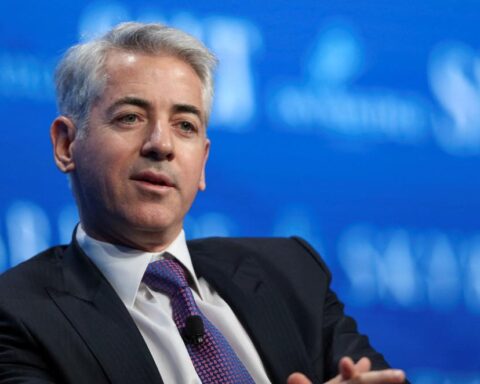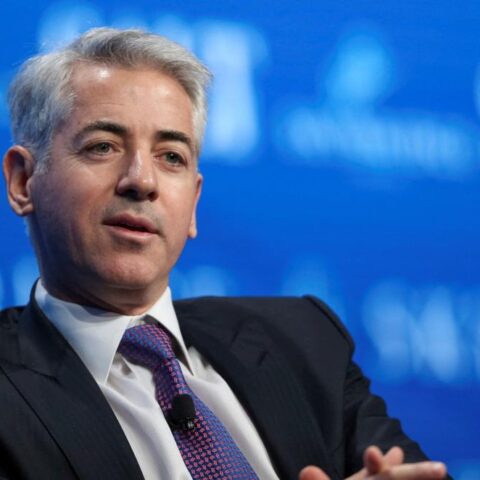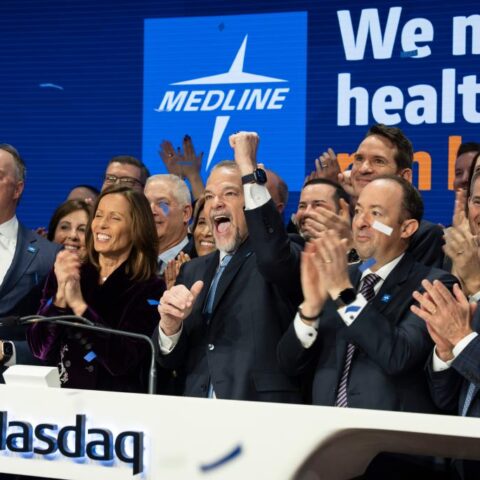Nestle, the world’s largest packaged food company, has revised its full-year organic sales growth outlook to at least 3% from a previous estimate of around 4%.
This adjustment comes as the company has had to slow its price increases earlier than planned due to growing consumer cost-consciousness. The first-half sales growth also fell slightly short of analysts’ expectations, rising 2.1% compared to an estimated 2.5%.
Market Response and Consumer Behavior:
The announcement led to a 4.3% drop in Nestle’s shares in early trading. CEO Mark Schneider highlighted that consumers, particularly in North America, Europe, and China, are increasingly seeking value, with a noticeable impact among lower-income segments. Nestle raised its prices by 2%, less than the anticipated 3%, reflecting a continued deceleration in price hikes.
Sector-Wide Trends and Challenges:
The moderation in price increases is part of a broader industry trend, as companies prioritize recovering sales volumes lost to cheaper alternatives after years of significant price hikes to protect margins and cover rising material costs.
Analysts, including David Hayes from Jefferies, expressed concerns about the potential impact on Nestle’s 2025 margins and questioned the strength of its brands and the sector as a whole.
Sales Performance and Product Categories:
Despite the challenges, Nestle managed a slight increase in sales volumes, with real internal growth (RIG) up 0.1%, against an expected 0.5% decline. However, the price adjustments have been uneven across product categories.
While typically strong categories like coffee and pet food saw weaker price increases, more commoditized segments such as milk products and prepared dishes experienced price declines in the second quarter.
Financial Results:
Nestle’s underlying trading operating profit for the year’s first half was 7.8 billion Swiss francs ($8.8 billion), aligning with company-provided consensus expectations. However, investors and analysts remain skeptical of the company’s efforts to balance pricing and volume growth amid challenging market conditions.




















